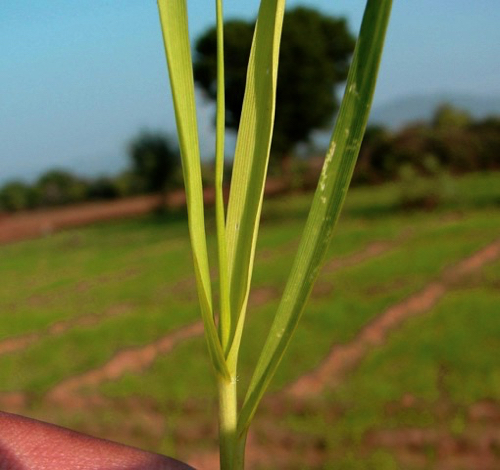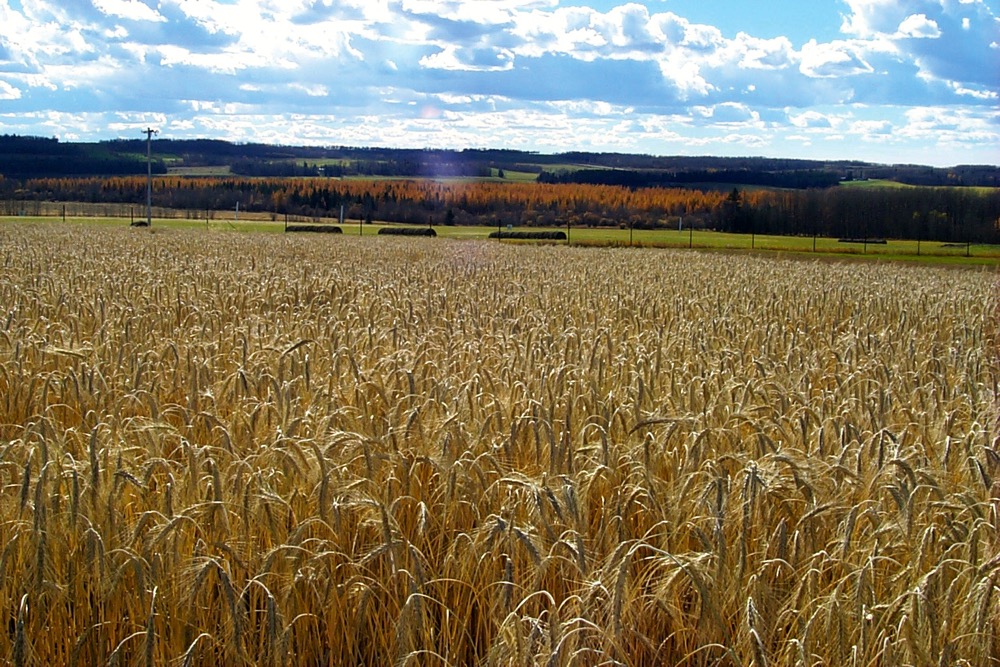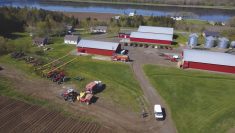In order for any crop to use fertilizer efficiently, it needs to have all of its nutrient deficiencies met, says Miles Dyck, an associate professor of soil science in the department of renewable resources at the University of Alberta.
The most common nutrient deficiencies in Western Canada are nitrogen and phosphorus, but because of the uptick in crops with high sulphur demand such as canola and pulses over the last 20 years, sulphur deficiency is on the rise, says Dyck.
He’s just completed a five-year study on sulphur-deficient soils at the Breton Classical Plots, one of Canada’s oldest long-term crop and rotation research sites.
Read Also

Agronomists share tips for evaluating new crop products and tech: Pt. 3
With new products, new production practices and new technology converging on the agriculture industry at a frenetic pace in recent…
The study, funded by Fertilizer Canada with support from the Alberta Wheat Commission, the Alberta Crop Industry Development Fund and others, aimed to quantify the effects of long-term nitrogen and sulphur fertilizers on crop nutrient use efficiency and N20 emissions on sulphur-deficient soils.
80 years of data
The study’s location was key to this aspect of Dyck’s research. The Breton Plots were established in 1930, which meant Dyck and his team were able to gain more precise insights from more than 80 years of data.
“The long-term nature of the experiment really showed the effects of rotation on the long-term nutrient balance of the soil,” he says.
Over five field seasons, the team compared two rotations. First was a two-year wheat/fallow rotation and the second used a five-year cereal/forage rotation with three years of cereals and two of an alfalfa/brome forage.
“These rotations are not common these days, but they allowed us to see the effects of cropping intensity and diversity on soil nutrient levels,” says Dyck. “What we saw on the wheat/fallow rotation was that after 80 years of that rotation there wasn’t any sulphur deficiency, but there was in the five-year rotation.”
Another key lesson, says Dyck, is that long-term record-keeping can help producers keep track of fertilizer applications for each nutrient on each field and maintain a nutrient balance over time. Using yield information from each field, they can calculate how much nitrogen, sulphur and phosphorus is exported in the grain given a certain yield, so they know how much to put back.
There’s an environmental benefit to maintaining a nutrient balance, says Dyck. Yields were higher with balanced fertilization, but because the treatments with balanced fertilization were more productive, there were also higher levels of organic soil N.
The increase in soil carbon over time in the study plot was a direct result of the increased return of crop residues to the soil.
“So what we saw was that nitrous oxide emissions were more strongly related to N already in the soil versus fertilizer nitrogen that was applied to the soil,” Dyck says. “In the most productive treatments, emission intensities were the lowest.”
Lessons from Minnesota
Daniel Kaiser, an associate professor and extension soil fertility specialist at the University of Minnesota, says producers should keep an eye out for sulphur deficiencies in their most sensitive crops.
“You’ll see deficiencies pretty clearly in those crops that are most sensitive to it, like corn, alfalfa and canola,” he says.

Kaiser has done studies which show the lower the organic matter, the greater likelihood of a deficiency in sensitive crops. But they’ve also found that soils with high organic matter but poor drainage will sometimes have problems with sulphur deficiency.
“There are a lot of factors, but knowing the crop sensitivity and risk factor is kind of the big one,” he says.
Sulphur is not mobile in the plant, which means deficiencies will show up in yellowed striping in the top leaves on all crops.
Kaiser recently completed another study comparing elemental and sulphate-sulphur in poorly drained soils to evaluate the need for sulphur in soils with high organic matter.
Sulphur is found in two forms in the soil. Sulphate-sulphur is soluble and available to plants. Elemental sulphur must oxidize before it becomes plant available. Oxidation requires warm temperatures, which means elemental sulphur does not become available until later in the growing season.
“We’ve done some tests in the range of 30 C and in most of our soils we could get about 50 per cent of the elemental sulphur oxidized within four to six weeks,” he says. “As we move farther north I suspect that number would be slightly less.
“Everything we’ve seen with our data on a range of soils in Minnesota is that given optimum temperatures we can get some oxidation of elemental sulphur. But we don’t get those temperatures early in the growing season,” says Kaiser.
He says producers’ best chance of forestalling problems with sulphur deficiency is to apply sulphate-sulphur early in the growing season rather than relying on elemental sulphur becoming available in time.
In Western Canada, the most common types of sulphur are in sulphate form and applied in the spring, says Dyck, but elemental sulphur products are available in “micronized” form, meaning they contain small particles of elemental sulphur that oxidize faster in the soil under optimal temperatures.
“The advantage of these elemental sulphur products is that you can surface broadcast in the fall and they disintegrate over the winter and oxidize over the growing season,” he says.
“But the seedlings get their nutrients from the shallow soil depths, even if there are good nutrients in the subsoil. It’s less risky to apply sulphur in the spring at seeding.”
















